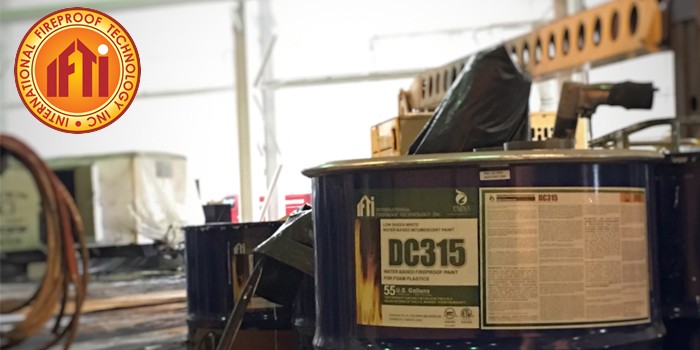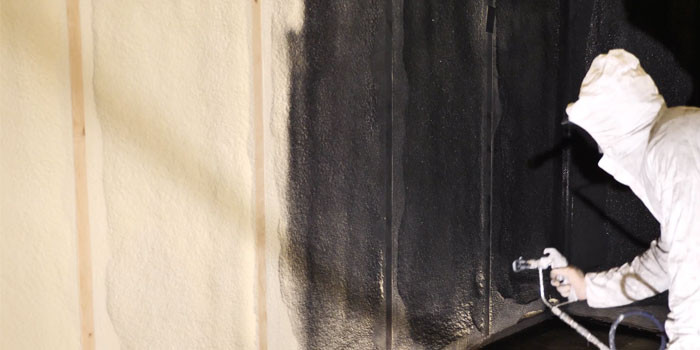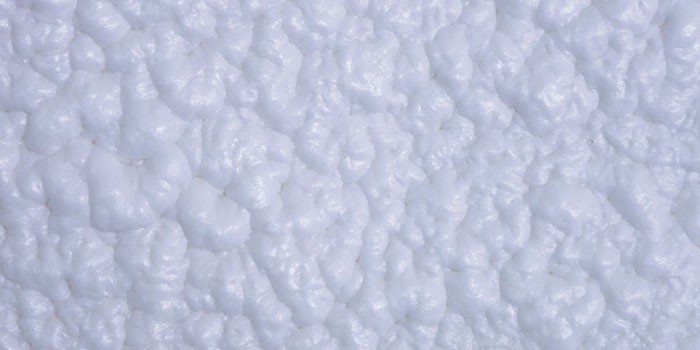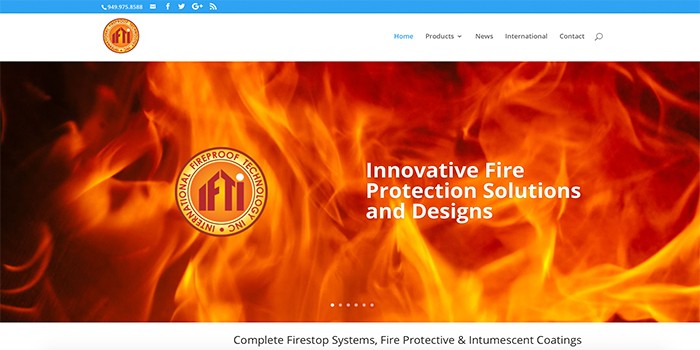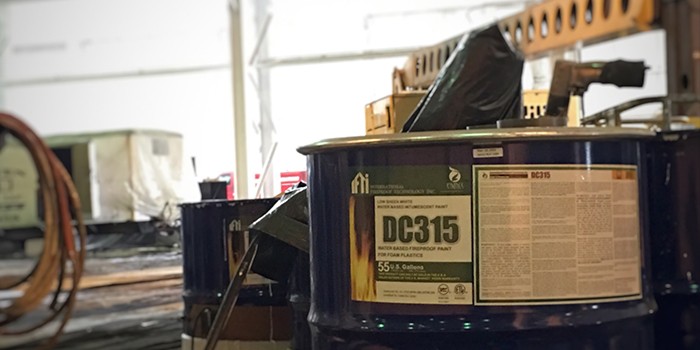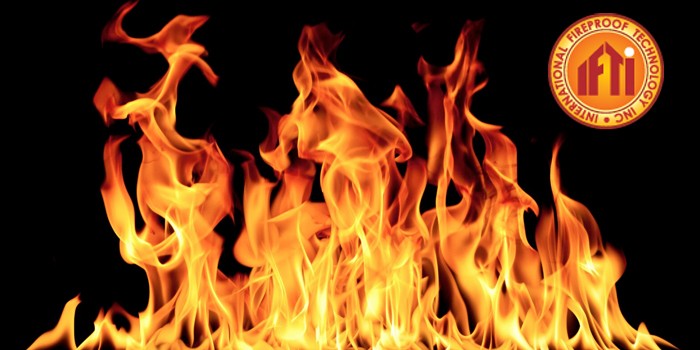IRVINE, CA – November 14, 2017 – Never one to shy away from Testing, IFTI has gone the extra mile to answer the question of how does DC315 compare to a ULC S124 Listed Thermal Barrier
Testing was conducted by the National Research Council of Canada (NRC) to determine the fire performance of several products to set a baseline for how they compare to DC315. Using the test standard CAN/ULC 9705, the current acceptable solutions listed in the NBC of Canada 2010, including 1/2" gypsum and any cementitious CAN/ULC S124 compliant thermal barrier, were subjected to this extreme fire test. See the table below for complete results of this ground breaking testing.
Performance testing using a large scare room fire test provides a true representation to how product will perform in a fire. As opposed to other test methods, such as the CAN/ULC S124, which only measure temperature rise on the surface of the foam, the CAN/ULC 9705 test measures several performance factors such as heat release, smoke release, smoke density, oxygen concentration and incidence of flashover and provides proof of scaleability due to the full scale size of the test. The intent of the thermal barrier is to delay the involvement of the SPF in a fire so as not to impede occupant egress, and the measurements in the ULC 9705 test method allow for this intent to be satisfied. By taking the products to flashover or to the end of the 20 minute test standard (for products that did not flashover) allows NRC researchers to compare the products performance and determine if the DC315 provides at least the equivalent level of protection as products used in the common built environment and therefore provide the equal or better time to allow for the occupants to safely exit the building.
Images above show the large scale CAN/ULC 9705 test set up on the left versus the small scale CAN/ULCC S124 on the right. Note the S124 is only measuring the temperature of the SPF surface where the 9705 method measure far more performance metrics. To be clear, this is not to say that the S124 method is not effective, it is effective in its simplicity in that if you can show the temperature of the foam does not rise, then it is easy to say it is not burning. But for thin film intumescent products the temp limit may be exceeded during this test. Using the 9705 alternative allows a full performance measured test method to show the same intent can be met- Don't let the foam burn and allow for occupants safe egress from the building.
Results of Thermal Barrier Performance Fire Testing – Prescriptive VS DC315
